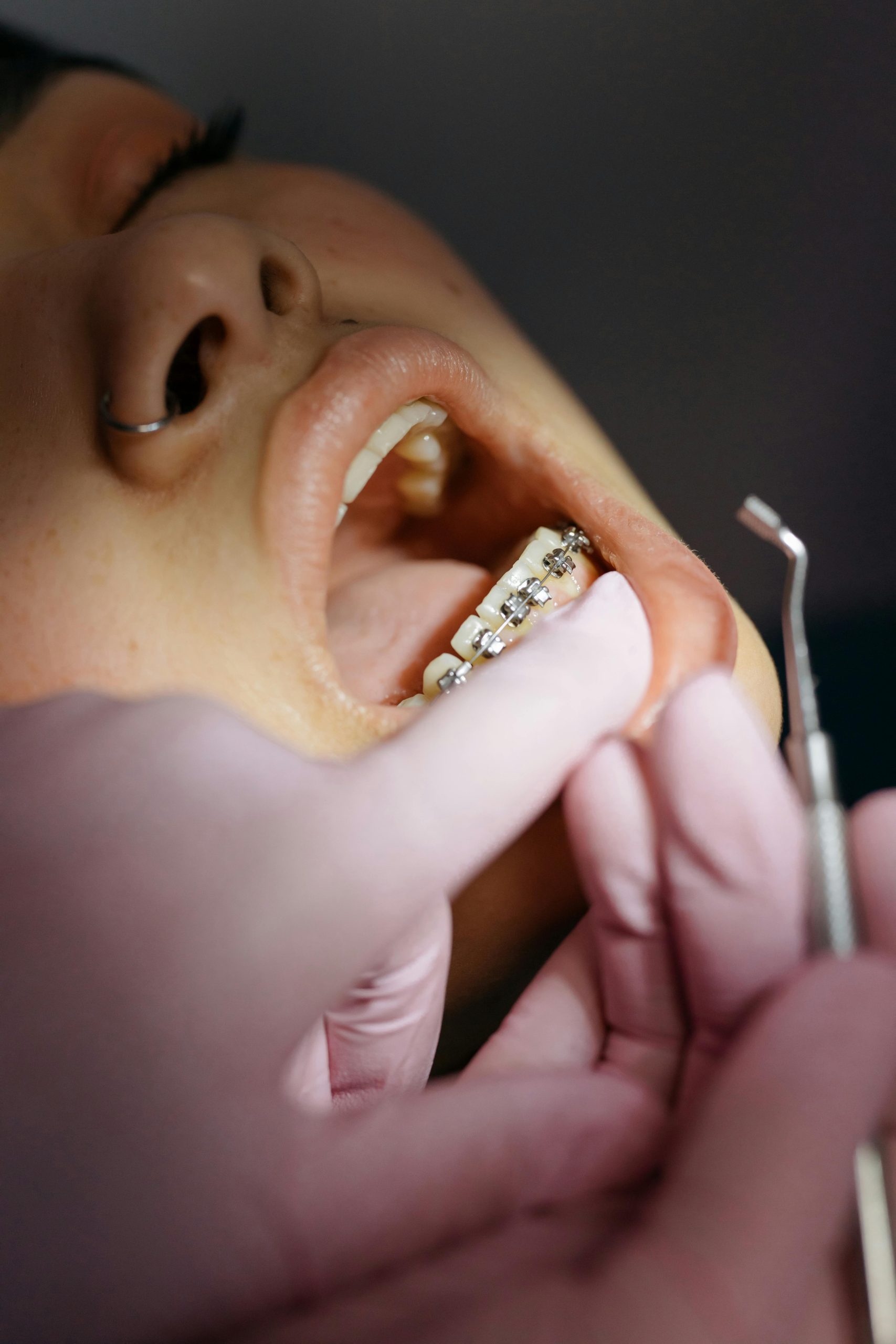Plaque buildup on teeth is a common dental issue that can lead to cavities, gum disease, and bad breath if left untreated. While regular brushing and professional cleanings are essential, there are also natural ways to remove plaque at home. These methods can help maintain oral hygiene without harsh chemicals. In this article, we’ll explore effective, natural remedies to keep your teeth clean and plaque-free.
What Is Plaque and Why Should You Remove It?
Plaque is a sticky, colorless film of bacteria that forms on teeth. It develops when saliva, food particles, and fluids combine, creating an environment where bacteria thrive. Over time, plaque hardens into tartar, which can only be removed by a dentist. If not addressed, plaque can cause:
- Tooth decay: Bacteria in plaque produce acids that erode tooth enamel.
- Gum disease: Plaque irritates gums, leading to gingivitis or periodontitis.
- Bad breath: Bacterial buildup releases unpleasant odors.
Preventing plaque buildup is crucial for maintaining a healthy smile, and natural remedies can be a great addition to your oral care routine.
Oil Pulling: An Ancient Remedy for Plaque Removal
Oil pulling is a traditional Ayurvedic practice that involves swishing oil in your mouth to remove bacteria and plaque. Coconut oil is a popular choice due to its antibacterial properties.
How to Do Oil Pulling:
- Take 1 tablespoon of coconut oil and swish it in your mouth for 15-20 minutes.
- Spit the oil into a trash can (not the sink, as it can clog pipes).
- Rinse your mouth with warm water and brush your teeth as usual.
Doing this daily can help reduce plaque and improve gum health. Studies suggest oil pulling may be as effective as mouthwash in fighting bacteria.
Baking Soda: A Natural Tooth Cleanser
Baking soda (sodium bicarbonate) is a mild abrasive that helps scrub away plaque and neutralize acids in the mouth. It also has antibacterial properties that can reduce harmful bacteria.
How to Use Baking Soda for Plaque Removal:
- Baking Soda Paste: Mix 1 teaspoon of baking soda with a few drops of water to form a paste. Brush your teeth with it 2-3 times a week.
- Baking Soda and Salt: Combine equal parts baking soda and salt for a stronger cleaning effect.
Note: Avoid excessive use, as baking soda can wear down enamel over time.
Apple Cider Vinegar: A Powerful Plaque Fighter
Apple cider vinegar (ACV) has antimicrobial properties that can help break down plaque and whiten teeth. However, it’s acidic, so it should be used sparingly to avoid enamel damage.
How to Use Apple Cider Vinegar Safely:
- Dilute 1-2 teaspoons of ACV in ½ cup of water.
- Swish the solution in your mouth for 30 seconds, then rinse thoroughly with water.
- Use this method no more than once a week.
ACV can help reduce plaque, but always follow up with water to neutralize acidity.
Eating Crunchy Fruits and Vegetables
Certain foods can naturally clean teeth by stimulating saliva production and scrubbing away plaque. Crunchy fruits and vegetables act like natural toothbrushes.
Best Foods for Plaque Removal:
- Apples: Their fibrous texture helps scrub teeth.
- Carrots: Chewing raw carrots stimulates gums and cleans teeth.
- Celery: Its high water content helps wash away food particles.
Including these foods in your diet can support oral health and reduce plaque buildup.
Conclusion
Removing plaque naturally at home is possible with simple remedies like oil pulling, baking soda, apple cider vinegar, and a diet rich in crunchy fruits and vegetables. While these methods can help maintain oral hygiene, they should complement—not replace—regular brushing, flossing, and dental checkups. By incorporating these natural solutions into your routine, you can keep your teeth clean, healthy, and free from plaque buildup.
